Feng Yi Dumplings @ Weld Quay Penang- How Well Do You Know Your Dumplings?
Today i visited Feng Yi Dumplings to write a review on Feng Yi Dumplings on Steemit, one of the oldest Glutinous Rice Dumpling establishments in Penang; has been serving their regular patrons for many years. I ordered the Bak chang and Roselle drink. After that, I continued my meal with a good bowl of Lam Mee or known Prosperity birthday noodles. Therefore i decided to write about Feng Yi dumplings and different types of Changs
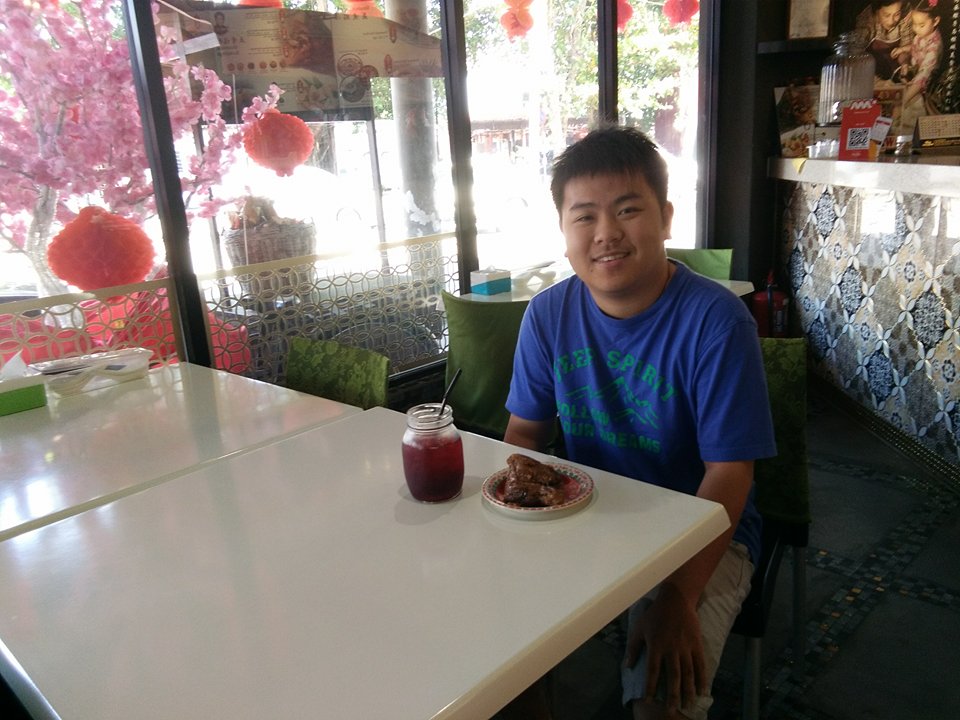
((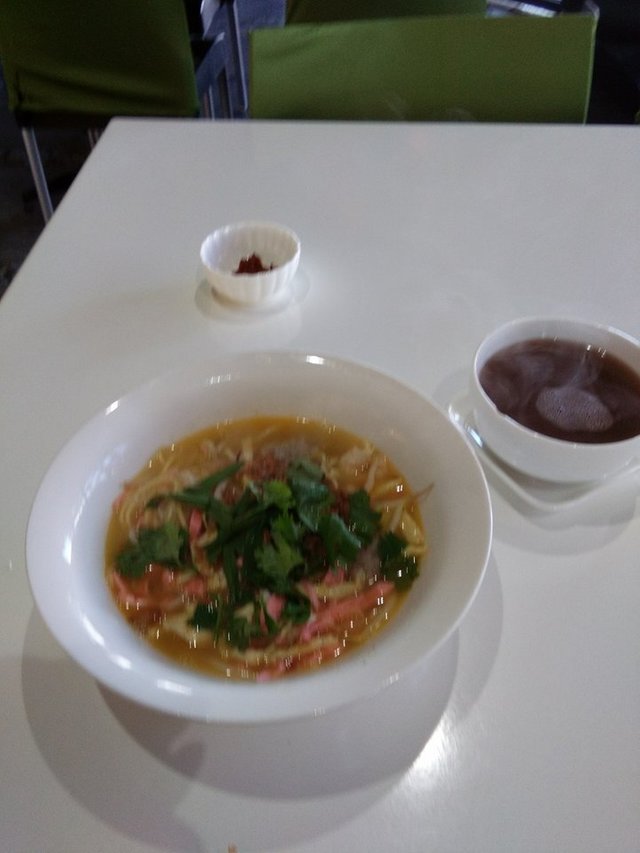 )
)
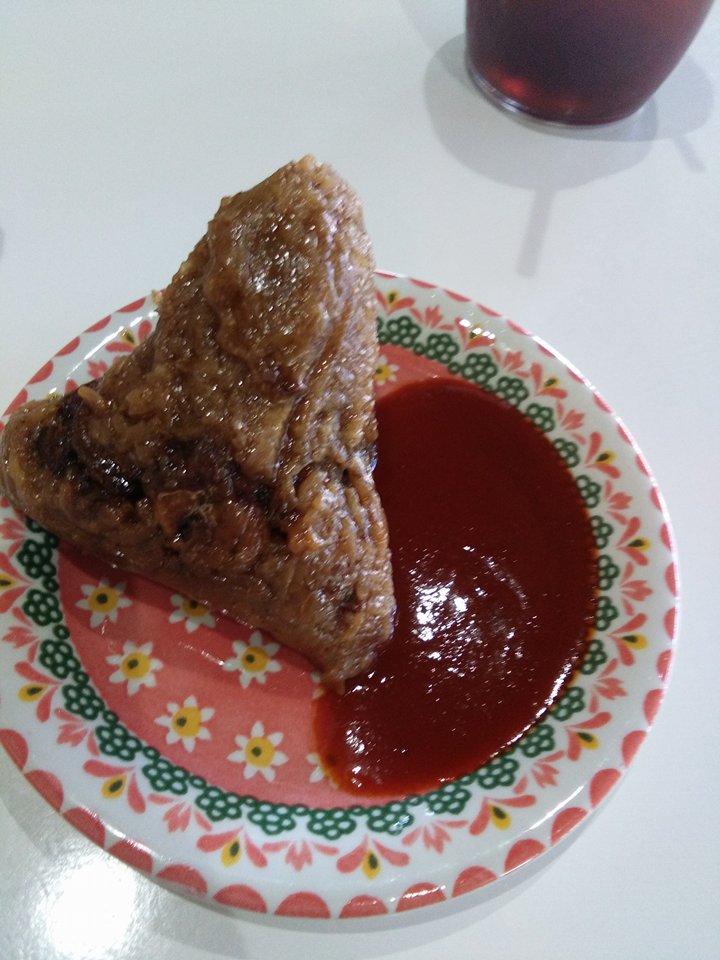
Hokkien Chang
Hokkiens Chang or commonly known as Bak Chang stir-fry the glutinous rice grains with five-spice powder and dark soy sauce before use. This lends the rice more aroma and a darker appearance. Marinated pork is used, as are chestnuts, which add texture and a little sweetness to the savoury dumplings. The pyramid-shaped dumplings are wrapped in bamboo leaves.
.jpg)
Cantonese Chang( Green Beans or Mung Beans Dumplings)
Cantonese dumplings come in a variety of shapes and types. Parcel-shaped steamed dumplings (guo zheng zong) are rectangular in shape and bundled with inner bamboo leaves and an outer layer of a lotus leaf. Cantonese dumplings also come in the regular pyramid shape.
Green beans are a must-have in traditional Cantonese dumpling fillings. In Penang hokkien, green beans are known as lek tau or kacang hijau. They are used as split yellow beans without the green shells. As for the rice grains, they are not fried, but seasoned with salt and garlic oil. Other traditionally used ingredients are pork lard or fatty pork, though lean pork is more commonly used now, says Mr Lim.
For Cantonese alkaline dumplings (jian shui zong, kan sui zong or kee chang), the rice grains are treated with lye water, which gives them a yellow tint. They contain either no fillings or red bean fillings, and are eaten with condiments like white sugar or palm sugar syrup.
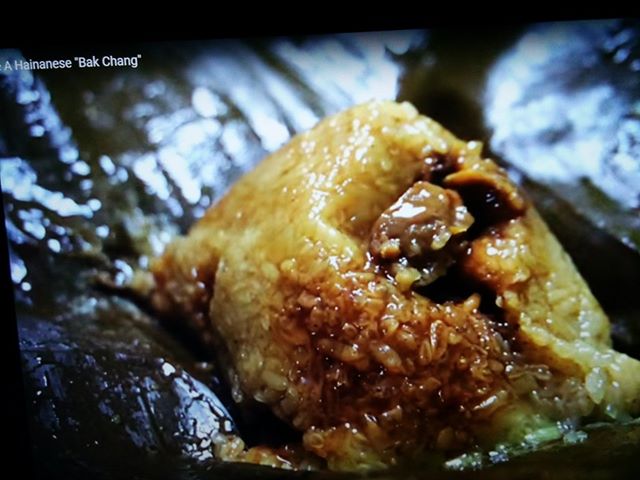
Hainanese Chang
Hainanese Chang commonly known as Bak Chang comes with a large chunk of fatty pork belly, as big as that for a kong ba bao (stewed pork bun). “We want satisfying mouthfeel with every bite,” adds Simon. Traditionally, glutinous rice, chestnuts and mushrooms are the other ingredients. Seasonings include black pepper, dark soy sauce and five-spice powder. These ingredients are stir-fried before they are wrapped into pyramid-shaped dumplings.
.jpg)
Teochew Chang
There are three types of Teochew dumplings: sweet, savoury, and shuang pin, which contains both sweet and savoury fillings.
Red bean paste or lotus seed paste is used as the sweet filling. Savoury dumplings include marinated pork belly, shiitake mushrooms, dried shrimp, Chinese sausage, salted egg yolk, chestnuts and lotus seeds.
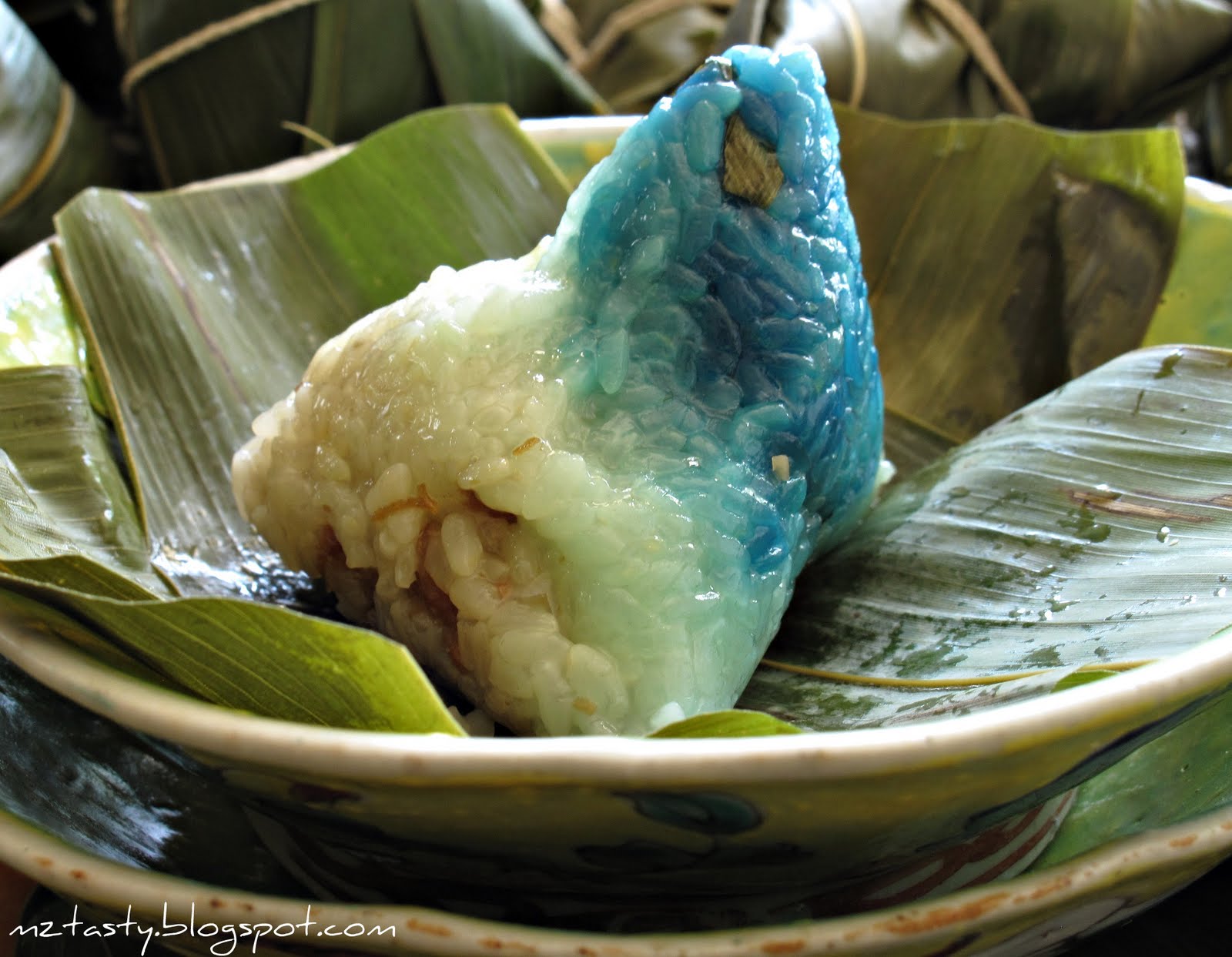
Nyonya Tee Chang (Sweet Dumplings)
Nyonya dumplings are wrapped in both pandan and bamboo leaves. The pandan leaves, traditionally used by Peranakans because they were easier to source than bamboo leaves in Southeast Asia, give the dumplings a pleasing fragrance
Candied winter melon imparts the sweetness in Nyonya rice dumplings. Chinese five spice powder is used to flavour the fillings, which include lean pork that is diced up, not minced, for better texture.
Traditional Peranakan dumplings are pyramid in shape like other dumplings, but they are curvier with a ‘waistline’. “That’s why we call them Nyonya chang
Hi! I am a robot. I just upvoted you! I found similar content that readers might be interested in:
http://www.herworld.com/solutions/solutions/bak-chang-101-whats-difference-between-various-dialect-groups-rice-dumplings